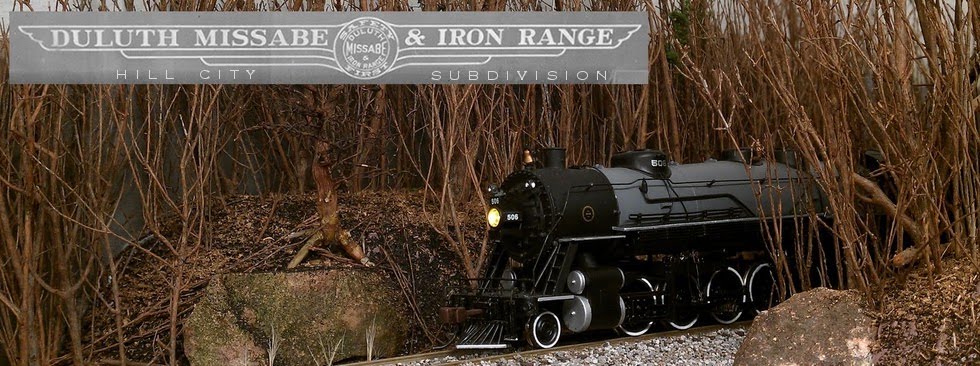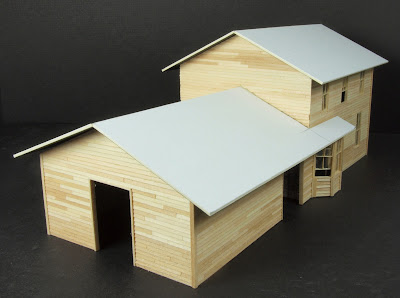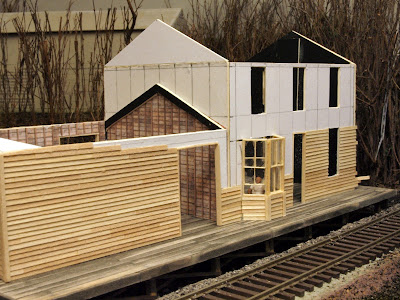There were times over the last four days that I thought it was "the end", as I struggled with one of the worst colds or flu that I've ever had. It takes a lot to completely knock me down, and I was down for a solid three days. I've never been delirious from a fever before, but according to my wife, at one point I was rambling and didn't know where I was. Nasty stuff, but I'm on the upswing now. Nope, still not the end that I'm referring to.
Is it the end of the line? While it is true that in the photo you see, the line ends about a foot behind the locomotive, terminated by a mirror and, behind that, the wall of my basement. Still, not the end that I'm referring to.
No, the end that I'm talking about is the end of the year. The end of 2012. Time to look back at the plans that I made and the goals that I set for myself this year:
- I said that I wanted to complete the Author Achievement for the MMR. Done. In addition, I also completed the Volunteer Achievement.
- I said that I wanted to publish 2 more articles in national magazines. Done and Done. I also had an article in the December issue of NMRA Magazine on which I shared credit with Gerry Leone and Lester Breuer.
- I said that I wanted to get something, a photo or an article, into Model Railroader magazine. Done. They published two of my photos, one in March, one in September.
- I said that I wanted to attend to the 2012 TLR Convention in Sioux Falls. Done
- I wanted to complete two major structures for the layout, one of them being the depot. The depot is almost finished, but there is no second structure nearing completion at this time.
- I was planning to present two clinics for the local Twin Cities Division, covering scratchbuilding techniques. Done. I actually did one clinic on scratchbuilding, and one on natural scenery.
Looking at that list, I have to say 2012 was a successful year for me, at least in terms of this hobby. I certainly have no complaints, except the ever-present "I wish I had more time" complaint.
What's ahead for 2013? Aside from some obvious things, I'm not sure, I haven't really thought about it.
- The 2013 TLR Convention is here in the Twin Cities, so there won't be a trip to some exotic location like Sioux Falls or Dubuque this year. I also didn't have the sense enough to lay low, I volunteered to help organize and promote the thing, and it looks like I'll be presenting at least one clinic, possibly two.
- I'd like to publish three articles this year. One is already on deck, slated for sometime this spring. I have another partially written, and nothing lined up yet for a third.
- Now that I own a "real" camera, I think I might try to get a photo into the 2014 NMRA calendar or possibly even Model Railroader's 2014 calendar.
- Now that I've perfected the scratchbuilt double-hung window, I'm going to start construction of the Lakeside Inn, with the intent of finishing it in 2013.
- My term as the PR guy for the Thousand Lakes Region ends in May. I've been approached about taking over as editor of The Fusee. Unless I talk myself out of it in the next 5 months, I'll probably assume that role this year.
Isn't that a great list? Only one thing on there even remotely comes close to "playing with toy trains" - that's the construction of the depot and the inn, and I consider that more a form of art than anything. The rest of the things on that list involve writing, photography, public speaking, education, leadership, and a variety of other skills that have nothing to do with toy trains. That's what makes this such a fun hobby - there are countless ways to be involved, including actually playing with toy trains.




















































